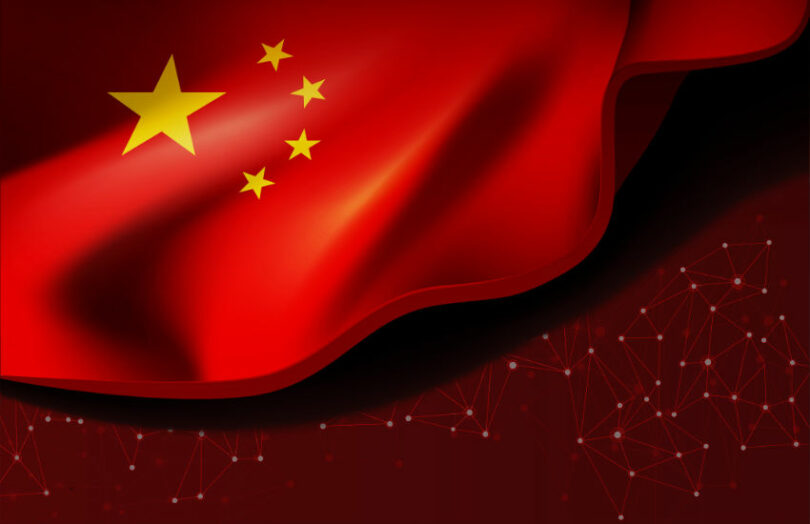Chinese state-backed enterprise blockchain, Chang’an Chain or ChainMaker, is starting to take shape. This week Chinese state media reported that the blockchain is underpinned by 1,000-strong clusters of high performance servers and claims to process 240 million transactions per second.
Supporting the development of ChainMaker is an ecosystem of 50 organizations that are mainly state-owned. These include China Construction Bank, the State Grid, food company COFCO and China Unicom, which is using it for 5G services.
In 2021 we reported that 96 core chips powered ChainMaker and it was claimed to support 100,000 transactions per second (TPS) executing them in parallel. Now the figure is 240 million TPS.
Putting these figures in context, most enterprise blockchains typically perform up to 10,000 to 20,000 TPS. However, it seems that the massive claimed speeds are being achieved through a combination of software and hardware with the non-trivial task of spreading the load over a 1,000 machine cluster and high performance chips. ChainMaker is said to respond to blockchain queries within milliseconds.
Additionally, in November 2022, it was reported that a new immutable storage system, ‘Hong’, was developed for ChainMaker with a petabyte of storage with plans to open source it. Some of ChainMaker’s code is available under an Apache 2 open source license.
The Beijing Microchip Edge Computing Research Institute (BABEC) is one of the primary developers of the solution.
While the ChainMaker solution is said to support encryption and other privacy preserving technologies, it is being used for very sensitive data ranging from ID Cards and business licenses to facial recognition. The whole point of enterprise blockchains is to enable data sharing across businesses. For government applications, ChainMaker is said to ‘promote information sharing between departments’.
This week one of the big deployments of ChainMaker was announced with the launch of Beijing Directory Chain 2.0. This city’s big data solution supports 80 departments linking 2,700 information systems.






